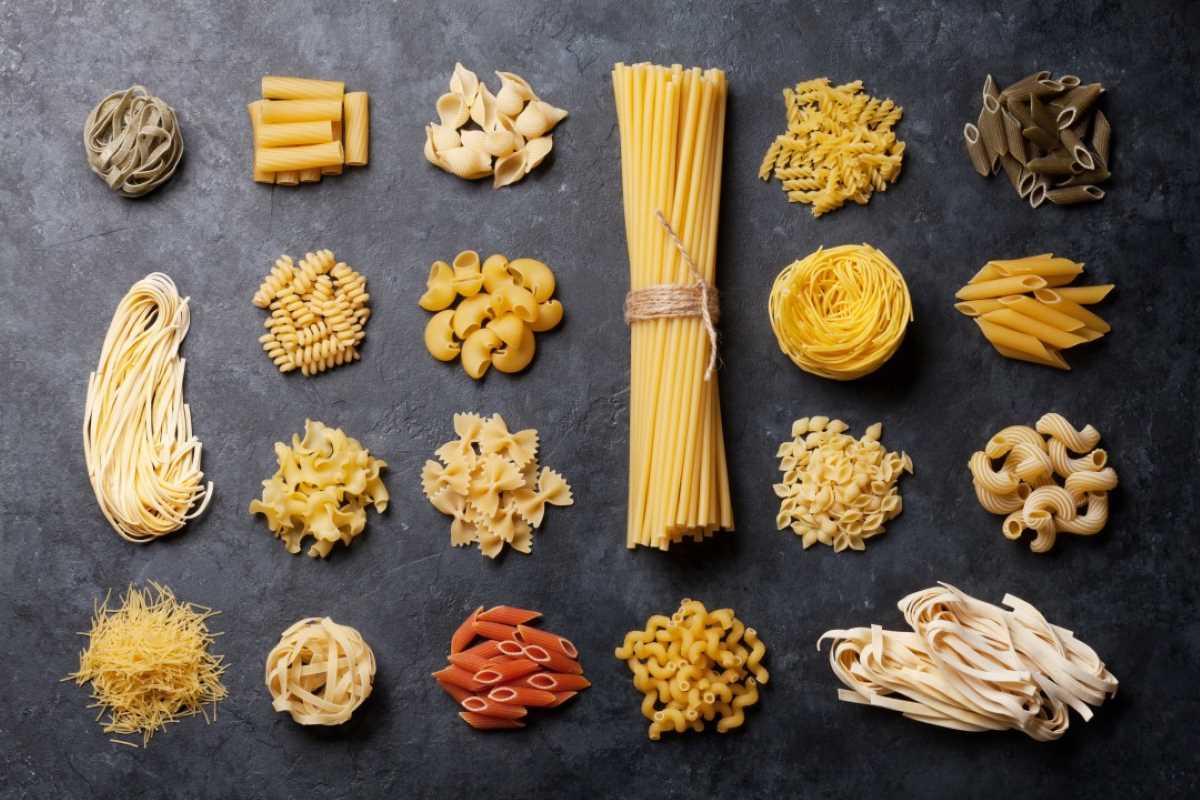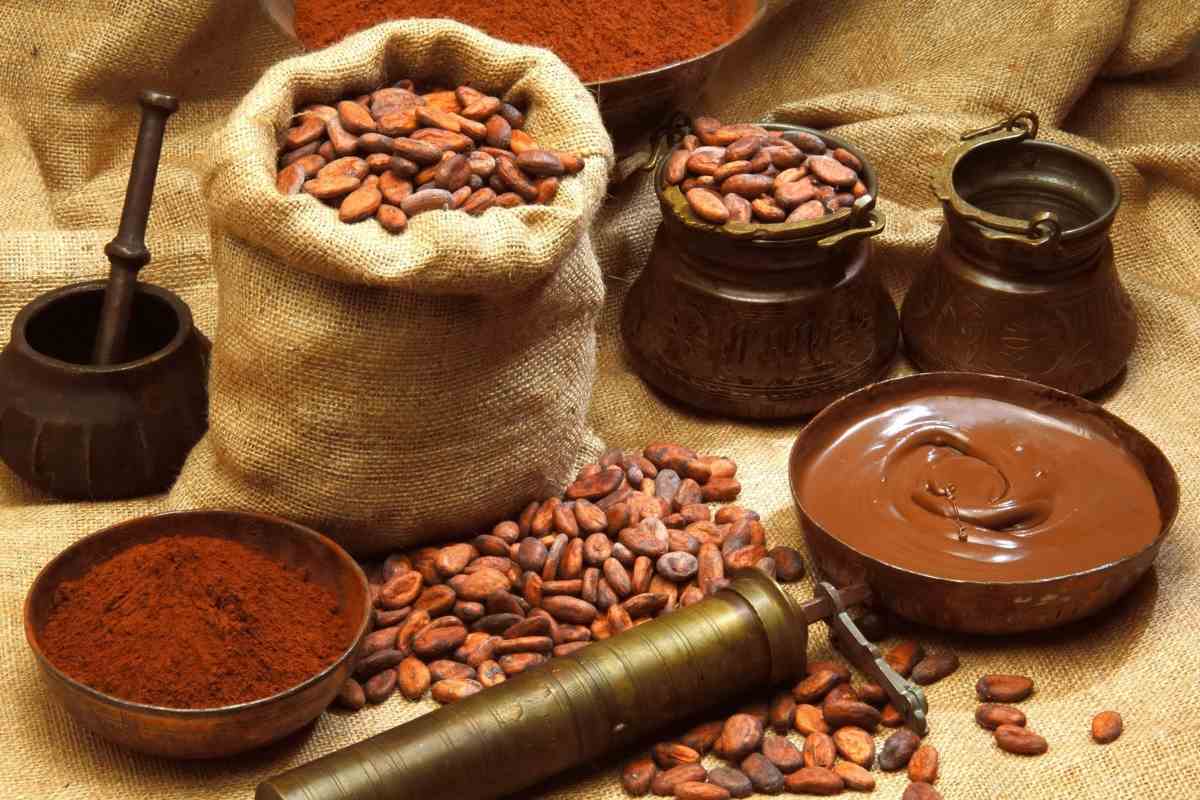The history of pasta has been a shifty subject for years and is often laced with myths and fables. Being the largest pasta producer of the 21st century, Italy is usually mistaken as the fount of the prolific food item. However, archeological findings have unveiled prehistoric evidence of pasta production in the East as far back as 5000 BC.
This piece will therefore provide an objective perspective on the origin of pasta, its cultural food evolution and its establishment as an Italian culinary heritage.
The Origins of Pasta: Tracing Its Roots
Remember the saying that: “no truth is absolute?” Well, it will serve as a disclaimer for the conclusions we express here about the origins of pasta. Consequently, our submission is based strictly on available scientific shreds of evidence. That settled, let’s get right to business.
Most people have adopted the pasta aspect of the Italian food culture as a gold standard. Indeed, pasta has become a staple food in Italy and virtually every part of the world. Interestingly, this has not always been so. There was a period in the history of pasta origins that indicates it was food for elites only.
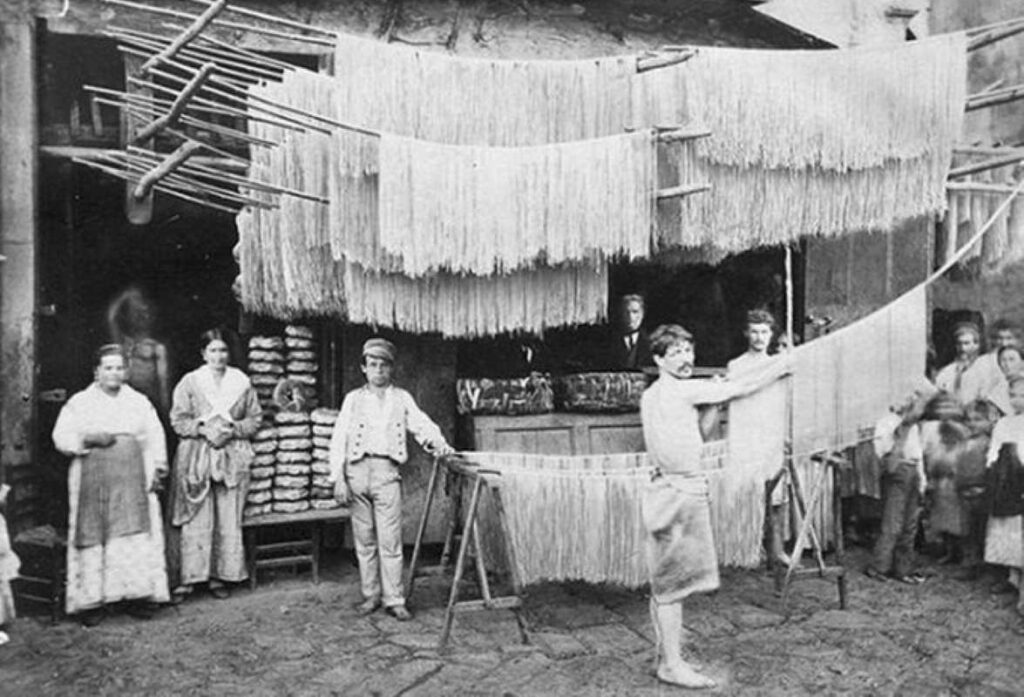
However, a look at documented history reveals that this Italian Cuisine has been around way before its first mention in Italy. Pasta was common in the historical writs of China’s Shang Dynasty (1700 – 1100 BC). In contrast, there’s early documentation of pasta in Italy from an Estruscan tomb-relief of the 4th century BC. There is no solid evidence that pasta found its way from China to Italy.
However, some historians suggest that Arab travellers came to Italy with pasta as part of the Silk Road trade. So, chronologically, it is possible that pasta was first a part of a Mediterranean Diet before becoming a part of Italian Cuisine.
ALSO READ: The Science of Fermentation: How Bacteria Make Foods Better
The Marco Polo Myth: Debunking the Legend
There is this Marco Polo pasta myth that the Venetian merchant returned from his 13th-century exploration of China with pasta as part of his booty. While it is true that Polo gave Europe the first detailed exposé of Eastern cultures, the famous traveller did not introduce pasta to Italy. It’s simple logic; Polo’s travels occurred around the 1300s, and the Estrucans of ancient Italy already had pasta in 400 BC.
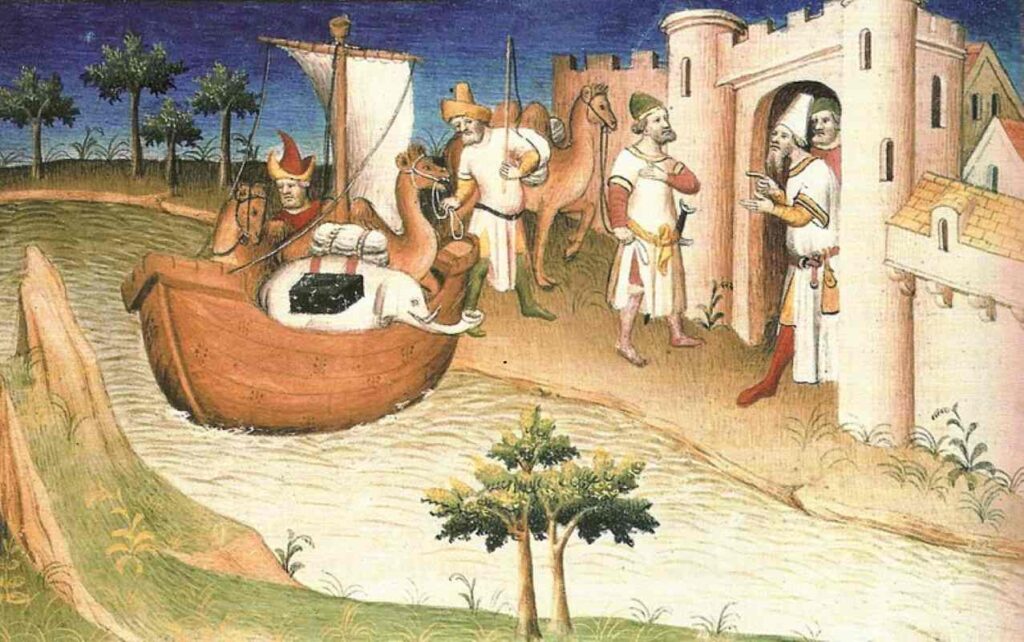
Also, the earliest written record of pasta in Italy was from 1279, extracted from a list of items in a recently discovered will. Meanwhile, Marco Polo was already away on his tour of Asia, which ran between 1271 and 1295.
How Pasta Became an Italian Staple
Pasta origins and the fact that it is now one of the many traditional Italian dishes are no longer in question. Now, the multiple overlapping factors that must have contributed to its adoption as an Italian culinary heritage are in focus. One such factor is the subtle infiltration of Mediterranean cooking into Italian culinary culture. During the Middle Ages, the socioeconomic interactions between Italians and Arabs caused traces of Mediterranean cooking to find their way into the homes of the former.

Up until the 17th century, pasta was available to only bourgeois and aristocratic Italians. The price of pasta was too expensive for the lower rungs of Italy before this period because its production was largely labor intensive. However, the cultural food evolution entered the industrialized phase in 1740 after the first pasta factory was set up in Venice.
In addition, Italians mastered the craft of drying and storing pasta to keep the supply chain going. However, the industrialization of the production process made pasta readily available and cheap. It was during the 1700s that pasta became available to all and sundry in Italy. Today, it is one of the foremost traditional Italian dishes.
ALSO READ: 21 Ultra-Processed Foods to Avoid
Pasta’s Impact on Italian Culture and Identity
Today, pasta is so woven into the fabric of Italian culinary culture that it may be difficult for the living generation of locals to stomach its foreign origins. There’s no denying that there are truckloads of pasta shapes and variants, thanks to local differences in ingredients. However, pasta has become an inseparable part of Italian culture.
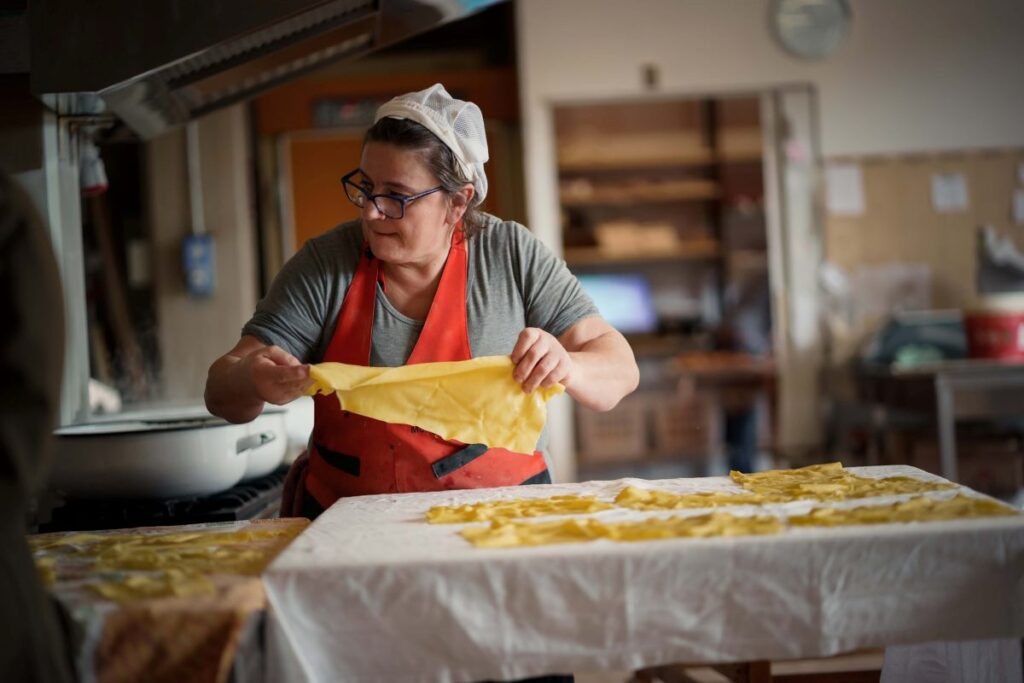
It is almost impossible for tourists to understand the essence of Italian culture without trying out some pasta. While other nations and food manufacturers may pursue pasta production solely for commercial reasons, the item has become a national symbol for Italians.
Modern Pasta Trends: Global Influence and Innovation
The history of pasta suggests that the global revolution of this food item commenced right after the industrialization of its manufacturing in the 17th century. However, despite the adoption of sophisticated technologies in the global pasta-making industry, Italy still manages to lead the pack.
Going by the volume of annual pasta production, Italy, the USA, and Brazil are the top producers and net exporters of pasta. However, there’s a distinguishing factor for pasta of Italian origin. The patriotism of Italian manufacturers about pasta as their cultural heritage encourages the adoption of the very best ingredients, like durum wheat.

The brief history of pasta in the United States has the handwriting of Thomas Jefferson all over it. In the 18th century, Jefferson was ambassador to France before his presidency and had his first encounter with a pasta dish during a state visit to Italy.
Since then, Jefferson became a pasta enthusiast and would import it from Europe to douche his cravings. He even went as far as bringing a macaroni-making machine from Europe and later making drafts for the design of a pasta-molding machine. Consequently, President Jefferson supported the 1848 establishment of the first pasta factory in Brooklyn. With the foregoing, it is obvious that the history of pasta is a rich one. All the cultural and cross-border interactions since the Shang Dynasty to recent technological advances and food tourism have all played a role in the evolution of pasta. We have set the record straight over the false claim that Marco Polo was solely responsible for Pasta origins in Italy. Trust you have gleaned some pasta history insights.







